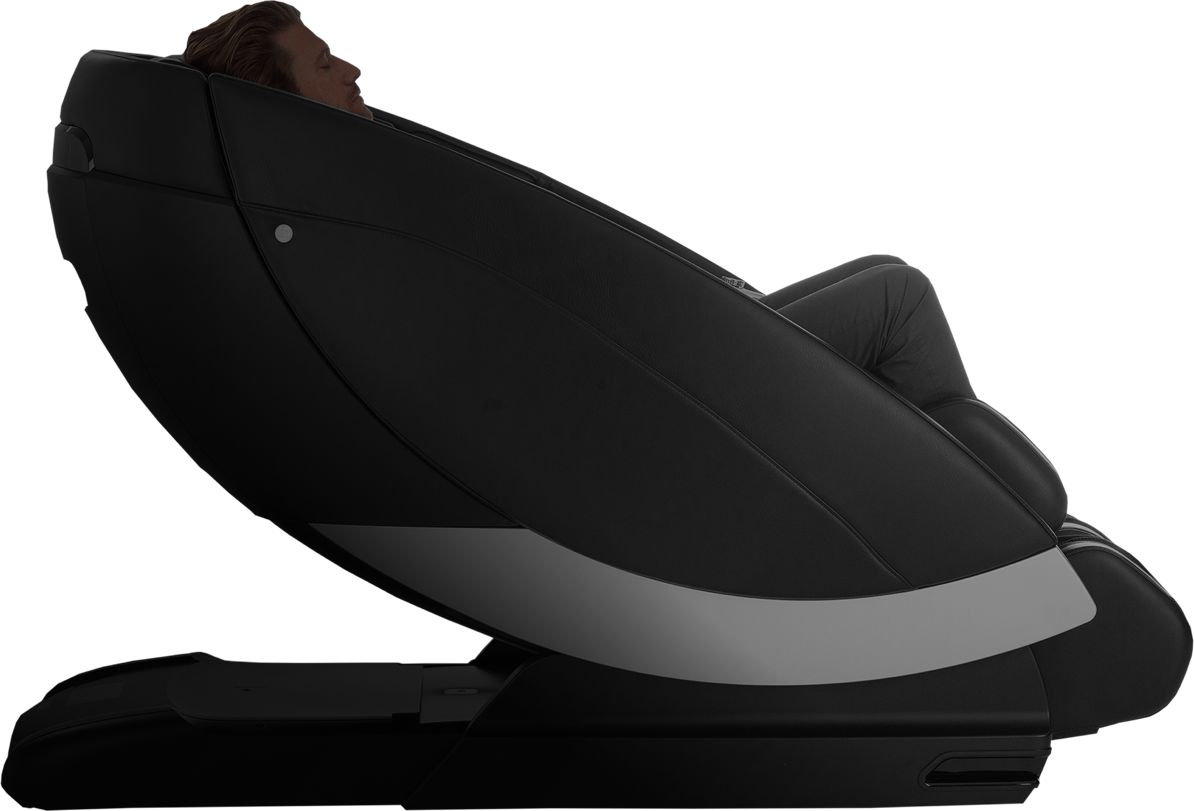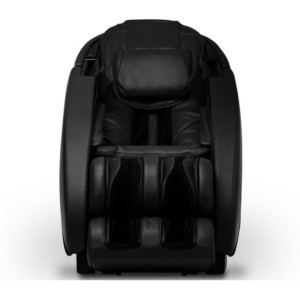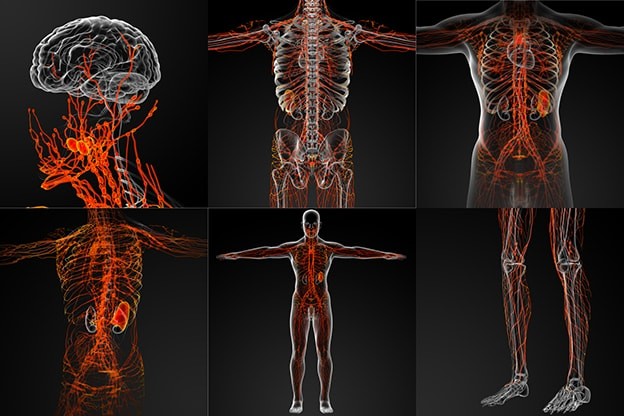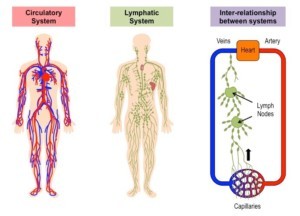Massage aids the ability of the body to heal itself

Massage therapy is one of the oldest healthcare practices known
References to massage are found in ancient Chinese medical texts written more than 4,000 years ago. Massage has been advocated in Western healthcare practices since the time of Hippocrates, the “father of medicine.”

Massage is the scientific manipulation of the soft tissues of the body to normalize those tissues and consists of a group of manual techniques that include applying fixed or movable pressure, holding, and/or causing movement to parts of the body.
Massage techniques affect the muscular, skeletal, circulatory, lymphatic, nervous, and other systems of the body.
After everything we do on a daily basis, it’s no wonder that our bodies and minds crave healing, tension-releasing massage.
Feel great from head to toe by relieving stress, aches, and pains effectively.
Benefits of Massage:
Improve
- sleep quality
- the health of the body’s soft tissue
- blood flow
- spine alignment and posture
- immune system
- lymphatic system stimulation and drainage of toxins
Control
- high blood pressure
Reduce
- stress, tension and anxiety
- pain and headaches
- stiffness and sore muscles
- depression
Increase
- circulation, range of motion and flexibility
Lymphatic System
A network of tissues and organs that help rid the body of toxins, waste and other unwanted materials

The primary function of the lymphatic system is to transport lymph, a fluid containing infection-fighting white blood cells, throughout the body.
It is made up of a complex network of lymphoid organs, lymph nodes, lymph ducts, lymph tissues, lymph capillaries, and a network of lymphatic vessels that carry lymph and other substances throughout the body.
The lymphatic system can be thought of as a drainage system needed because as blood circulates through the body, blood plasma leaks into tissues through the thin walls of the capillaries. The portion of blood plasma that escapes is called interstitial or extracellular fluid, and it contains oxygen, glucose, amino acids, and other nutrients needed by tissue cells. Although most of this fluid seeps immediately back into the bloodstream, a percentage of it, along with the particulate matter, is left behind. The lymphatic system removes this fluid and these materials from tissues, returning them via the lymphatic vessels to the bloodstream, and thus prevents a fluid imbalance that would result in the organism’s death.
In addition to serving as a drainage network, the lymphatic system helps protect the body against infection by producing white blood cells called lymphocytes, which help rid the body of disease-causing microorganisms.

In comparison to the cardiovascular system, the lymphatic system has not in the past been the focus of much research. However, its’ important role in the body’s immune system has meant that it has increasingly become the focus of research in more recent times.















